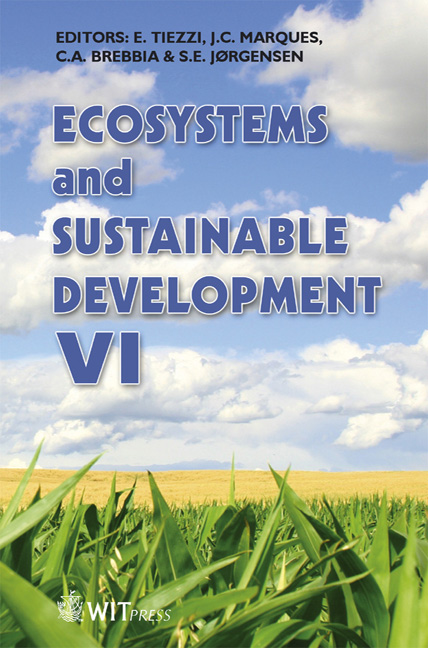Sustainability Indicators For The Housing Market: Proposals And Applications
Price
Free (open access)
Transaction
Volume
106
Pages
8
Published
2007
Size
536 kb
Paper DOI
10.2495/ECO070161
Copyright
WIT Press
Author(s)
L. Brandli, R. Kohler & M. A. L. Frandoloso
Abstract
In this paper, the concept of sustainability, as applied to the housing market, is discussed and an evaluation methodology of building performance is proposed. Sustainability is presented and evaluated by dividing it in relation to the costs of a building’s life cycle, including the location characteristics, convertibility and flexibility, internal living conditions, environmental capacities in operation and environmental capacities during construction, safety characteristics, comfort and the impact of the building in the neighborhood. The paper presents the sustainability indicators and suggests the manner of collection for each one, in order to characterize the existing sustainability performance. Thus, the result is a checklist for application in the housing market. Depending on the indicator, this can be answered by the dweller, researcher and/or measured with appropriate tools. The indicators were applied to four dwellings in the south of Brazil. The results show indicator values between 55% and 69% sustainability for the studied constructions. Keywords: sustainability, buildings, performance indicators. 1 Introduction The construction industry has been responsible for significant impacts on the environment. The building’s construction, as well as the infrastructure, consumes energy, from the raw material extraction phase through to the deposit of demolition waste. Baldwin (SPERB, [1]) affirms that environmental questions are becoming increasingly important in the context of sustainable development. As can be seen in the Bulletin CIEF [2], several researchers have already
Keywords
sustainability, buildings, performance indicators.





